The Experience of Immersion
The promise of Virtual Reality (VR) is a presence so powerful that it feels real. VR simulations are potent, treated by the human brain as real events. VR technology imbues 360 degree views with a sense of physical presence – creating an entirely new medium. The experience can induce a specific psychological state – without the physical effects. VR users are immersed in story, suspending disbelief and heightening empathy for a powerful and transportive experience.
As the headsets and devices that deliver Virtual Reality become commercially available – what is the ecosystem that will develop around them? What are the implications for media and entertainment – for content that extends beyond brief demonstrations, for narratives that immerse the user in experience? What are the implications for learning and training – for academia and for enterprise? How will VR impact the delivery of medical care – for doctors and for patients? How can businesses leverage the power of virtual reality for productivity and collaboration? How will VR technology address the challenges of synchrony to accurately incorporate other senses? What type of experience is VR best suited for – and what new experiences will we discover? What is the optimal combination of content, audience and purpose for Virtual Reality?
Experience Demos From:
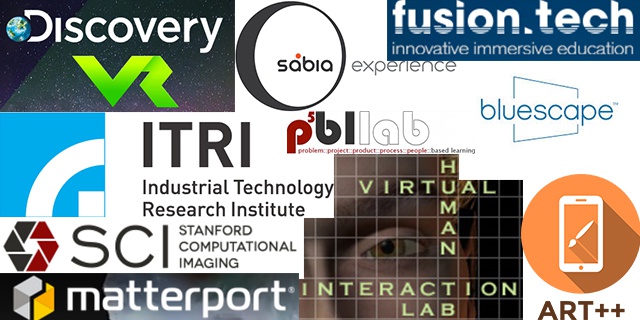
Special Graduate Student Panel:
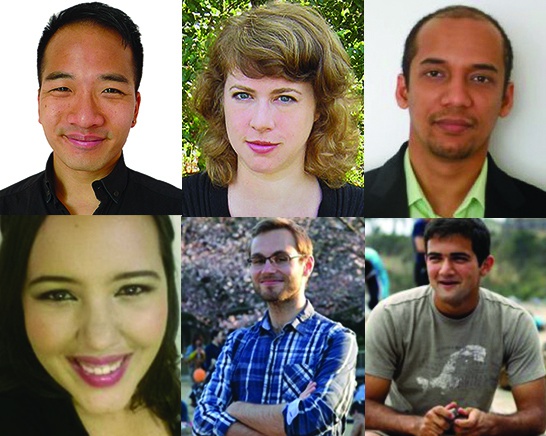
Anh-Hoà Truong, VR Journalist, Andrea Stevenson-Won, Department of Communication, Bireswar Laha, Virtual Human Interactions Lab, Flavia Cristina Grey Rodriguez, Department of Civil and Environmental Engineering, Jean-Baptiste Boin, Department of Electrical Engineering , Hassan Karaouni, Department of Computer Science
Never Miss An Event; Join Our Email Community
Presenters
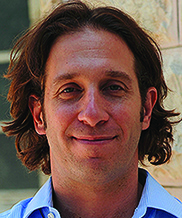
Jeremy Bailenson is founding director of Stanford University’s Virtual Human Interaction Lab, an associate professor in the Department of Communication at Stanford, and a Senior Fellow at the Woods Institute for the Environment. He designs and studies virtual reality systems that allow physically remote individuals to meet in virtual space, and explores the manner in which these systems change the nature of verbal and nonverbal interaction. In particular, he explores how virtual reality can change the way people think about education, environmental behavior, and health.

Gordon Wetzstein is an Assistant Professor of Electrical Engineering and, by courtesy, of Computer Science at Stanford University. He is the leader of the Stanford Computational Imaging Group, an interdisciplinary research group focused on advancing imaging, microscopy, and display systems. At the intersection of computer graphics, machine vision, optics, scientific computing, and perception, Prof. Wetzstein's research has a wide range of applications in next-generation consumer electronics, scientific imaging, human-computer interaction, remote sensing, and many other areas.
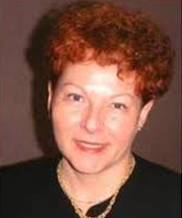
Renate Fruchter is the founding director of the PBL Lab, lecturer in the Department of Civil and Environmental Engineering, and Senior Research Engineer thrust leader of “Collaboration Technologies” at the Center for Integrated Facilities Engineering, at Stanford. She leads a research effort to develop collaboration technologies for multidisciplinary, geographically distributed teamwork, and e-Learning. Her interests focus on R&D and larger scale deployment of collaboration technologies that include Web-based team building, synchronous and asynchronous knowledge capture, sharing and re-use, project memory, corporate memory, and mobile solutions for global teamwork and e-Learning.

Doug James is a Professor of Computer Science at Stanford University (since June 2015), and was previously an Associate Professor of Computer Science at Cornell University (2006-2015). He holds three degrees in applied mathematics, including a Ph.D. in 2001 from the University of British Columbia. In 2002 he joined the School of Computer Science at Carnegie Mellon University as an Assistant Professor, before joining Cornell in 2006. His research interests include computer graphics, computer sound, physically based modeling and animation, and reduced-order physics models.

Jianming Dong, PhD. is the Chief User Experience Architect and Senior Design Director at Huawei. Dr. Dong’s 20 years of expertise covers a wide spectrum of user experience field, including user experience strategy and institutionalization, information architecture, interaction design and standards, cross-cultural design, usability engineering and training. His theoretical and practical contribution is widely cited in the UCD field. The next generation user experience innovation design projects he spearheaded won top international design awards and multiple company top awards.
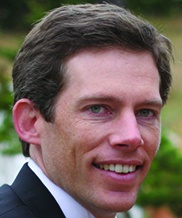
Jay Borenstein teaches Computer Science at Stanford University with a focus on Virtual Reality, Software Engineering and Entrepreneurship. Jay founded Integration Appliance (www.intapp.com) in 2000 and is currently a Director at Kespry, a drone-based aerial imaging company, and the managing partner at Chmod Ventures, a technology investment fund. Jay also runs an “Education Modernization” group at Facebook and founded Facebook Open Academy, which now boast participation from the top computer science universities around the world, including, Stanford, MIT, Carnegie Mellon and University of Tokyo. Jay studied both as an undergraduate and graduate student at Stanford University, specializing in quantitative economics and operations research.
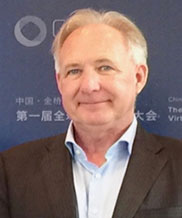
Walter Greenleaf is a research scientist, entrepreneur, and medical product developer. He is known internationally as an early pioneer in the medical application of virtual environment technology and is viewed as one of the founders of the field. For the last 25 years he has developed innovative clinical systems for use in physical and cognitive medicine, with a specific focus in the use of virtual reality technology.
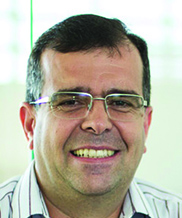
Marcelo Guimarães is co-founder and Chief Innovation Officer of Sábia Experience, a Brazilian social and technology innovation company dedicated to Immersive Education for workforce. He holds a Master of Science degree in Metrology and Instrumentation and he was a guest researcher at NIST (National Institute of Standards and Technology) in the USA.

Lewis Liu is the Director of Optical Human Interface System Division of Electronics and Optoelectronics Research Laboratories, ITRI. He leads the team working on the developments relating to electronic vision receiving RD100 Awards in both 2010 and 2013 respectively. Several important accomplishments are derived including ITRI Glasses, 3D Handheld Scanner, which also receives Red Dot Design Award 2015, Wireless 3D Scanner (mScan), Precise and Automatic Optical Measurement System, and ITRI Robotics with machine vision.
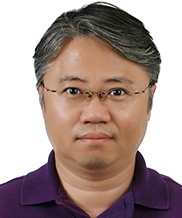
Kyusub Kwak is a principal engineer at DMC(Digital Multimedia & Communication) R&D Center in Samsung Electronics. Since he joined Samsung in 2000, he has lots of experiences in the field of device and system integration. As a project leader, over the last 3 years, Kyusub has been in charge of developing IoT Node Devices, Wearable Device Architecture and Wireless Power Transfer Systems. Currently, he’s working on Interactive Technologies for Telepresence and Remote Reality via mobile device and robotic devices.
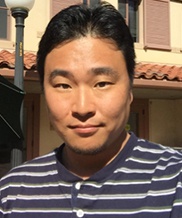
Takeshi Kurihara is a Visiting Scholar at HSTAR at Stanford University, researching current developments in media innovation and the intersection of technology and organizational journalism. Political news reporter at the NHK, Japan Broadcasting Corporation, specializing in diplomacy and security issues.